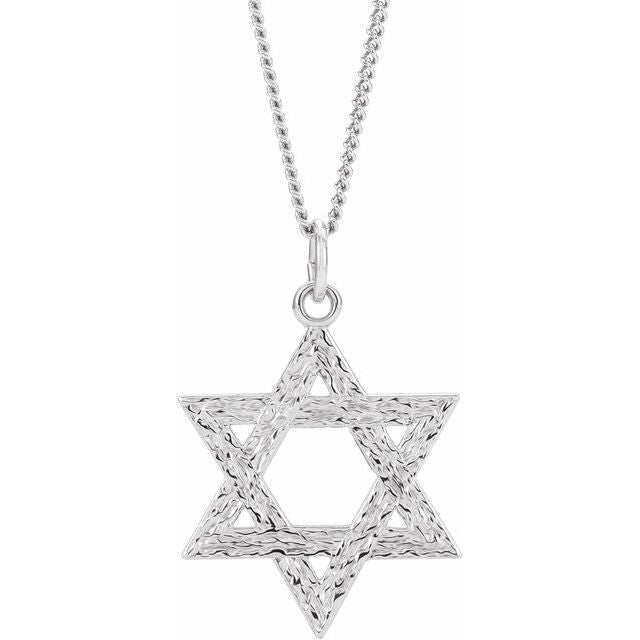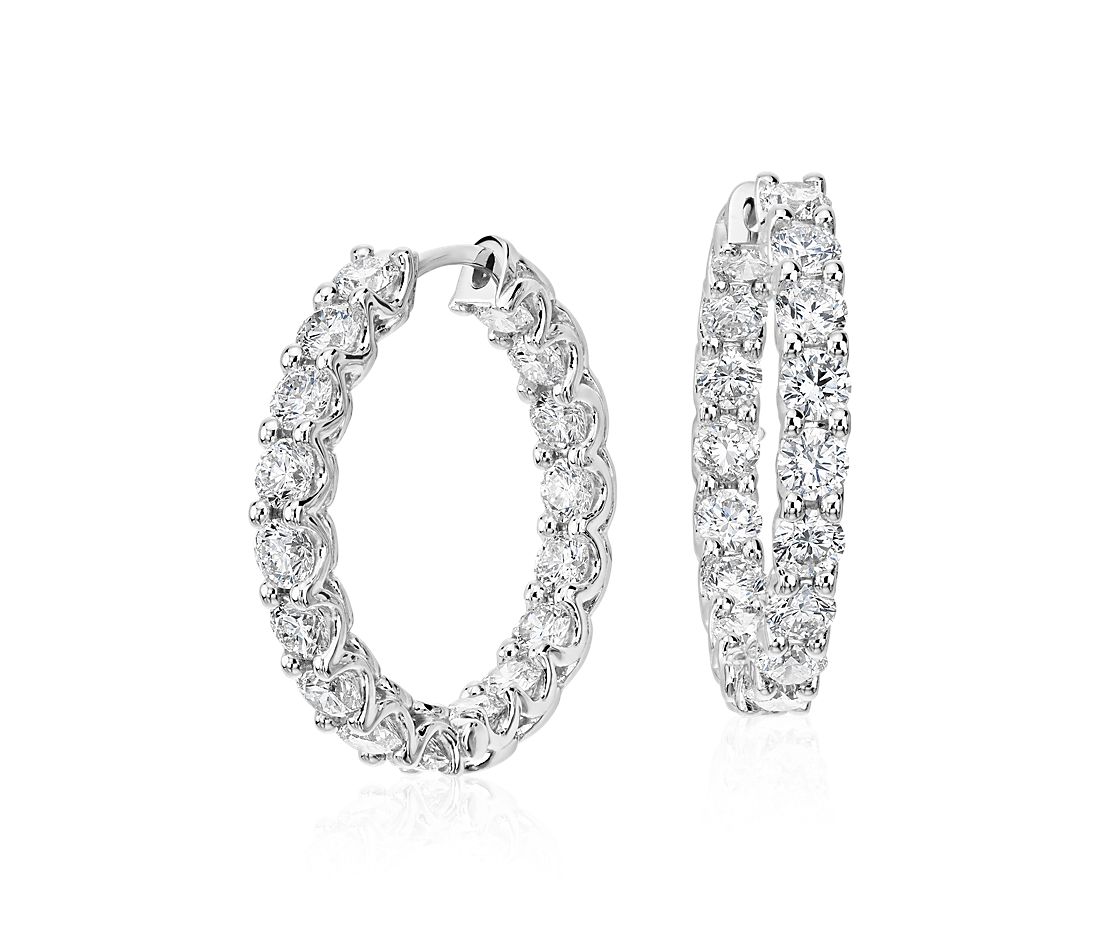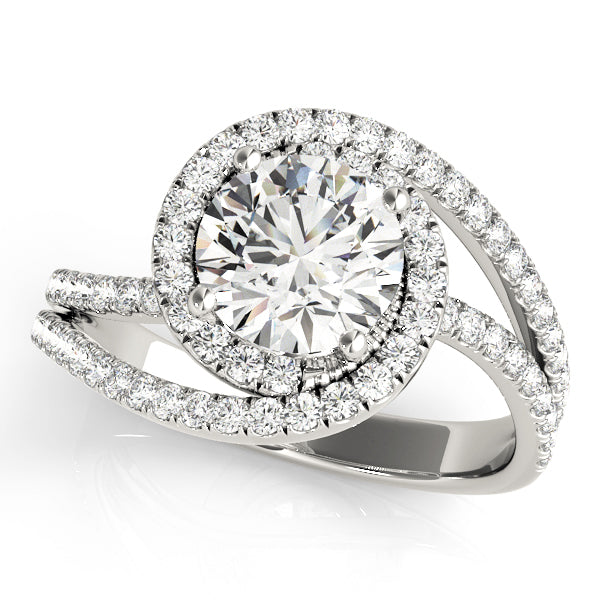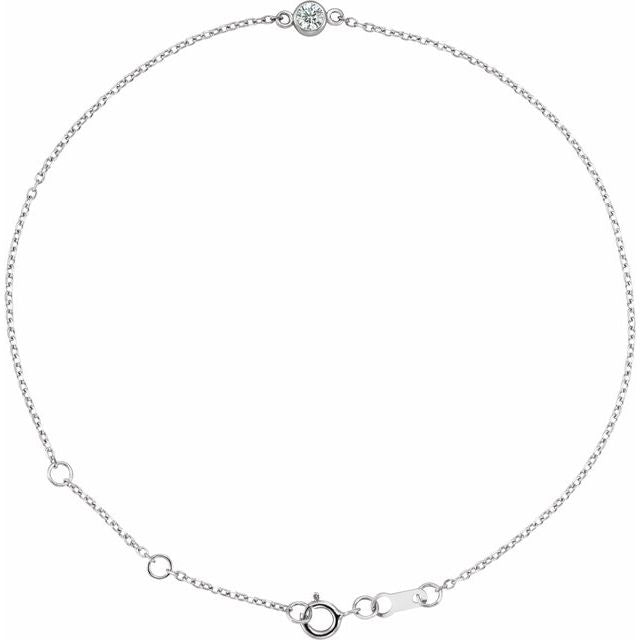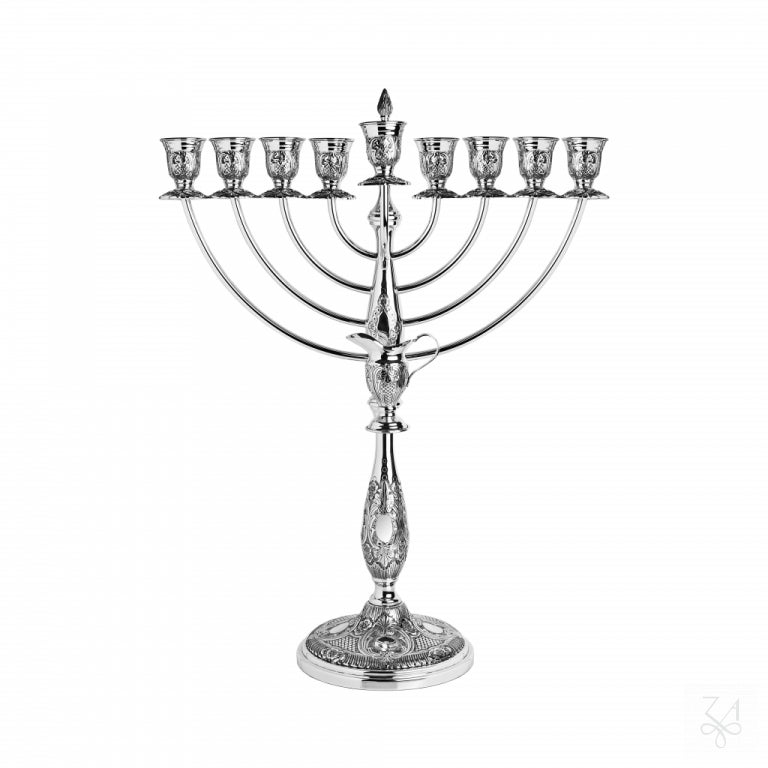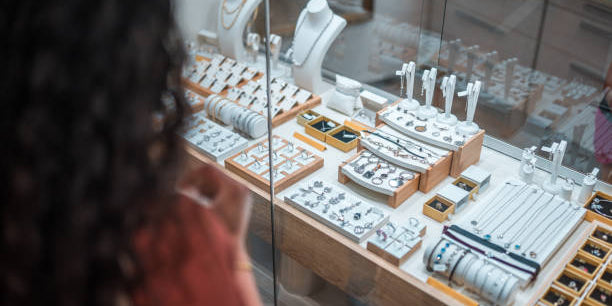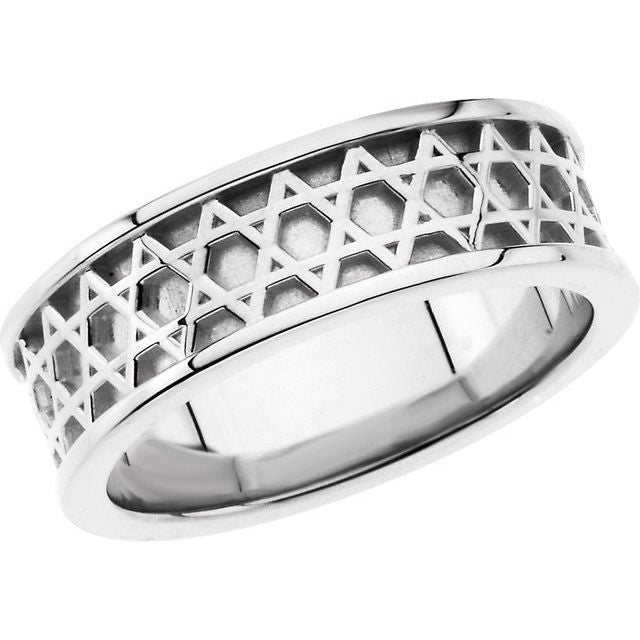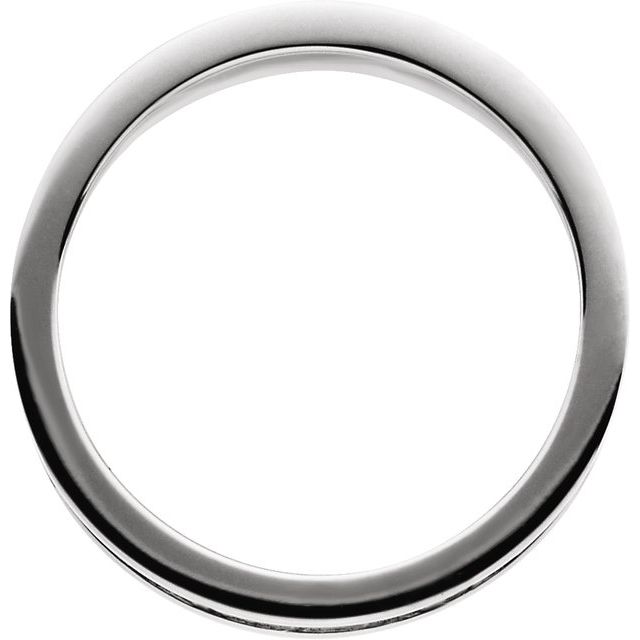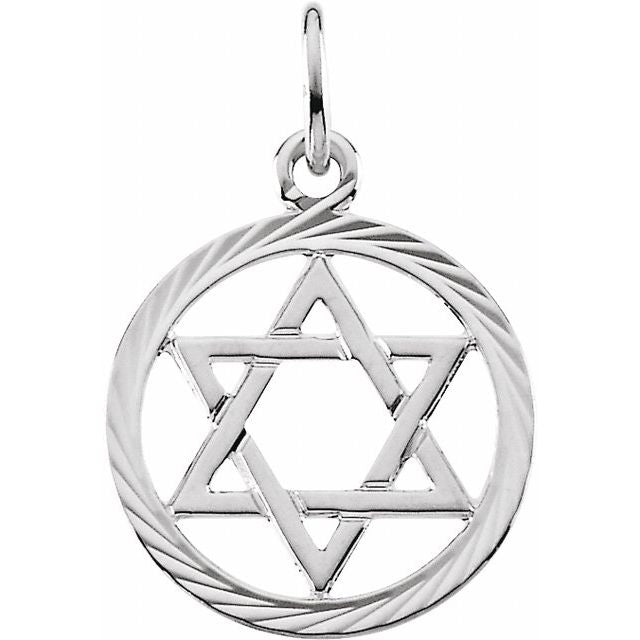Introduction
The art of accessorizing has evolved dramatically over the past decade. According to a 2023 McKinsey report, the global jewelry market is projected to reach $292 billion by 2025, with a growing trend toward personalized styling and mixed jewelry looks. Gone are the days when matching sets were the pinnacle of sophistication—today's fashion leaders are embracing the beauty of thoughtful contrast, unexpected pairings, and personalized combinations that tell a unique story.
This shift toward jewelry mixing isn't just aesthetic; it's economical. By learning to combine different pieces effectively, consumers can multiply their styling options without expanding their collections. A survey by Fashion Business Insider found that shoppers who regularly mix jewelry types report 40% higher satisfaction with their accessory collection compared to those who don't.
Whether you're looking to make a bold statement or add subtle dimension to your everyday look, mastering the art of mixing and matching jewelry can dramatically elevate your style. This comprehensive guide explores the most impactful jewelry combinations, backed by style expert insights and trend analysis.
Understanding Jewelry Categories
Before diving into specific combinations, let's establish a foundation by categorizing the main jewelry types you'll be working with:
Fine Jewelry
-
Crafted from precious metals (gold, platinum, silver)
-
Features genuine gemstones and diamonds
-
Higher price point and investment value
-
Examples: Diamond engagement rings, solid gold necklaces, sapphire earrings
Fashion/Costume Jewelry
-
Made from less expensive materials (brass, copper, mixed metals)
-
Often plated with gold or silver
-
Incorporates synthetic stones or crystals
-
Typically more trend-focused and affordable
-
Examples: Statement earrings, charm bracelets, cocktail rings
Bridge Jewelry
-
Occupies the middle ground between fine and fashion pieces
-
Often uses semi-precious stones with silver or gold-fill
-
Moderate price point with better durability than costume pieces
-
Examples: Gold vermeil pendants, sterling silver with genuine gemstone accents
Vintage/Antique Jewelry
-
Pieces that are at least 20 years old (vintage) or 100+ years old (antique)
-
May include elements from specific design eras (Art Deco, Victorian, etc.)
-
Can be fine or costume, depending on materials
-
Often features distinctive craftsmanship techniques no longer commonly used
According to the Professional Jeweler Association, understanding these categories is essential for effective mixing—73% of styling experts agree that the most successful jewelry combinations thoughtfully blend elements from at least two different categories.
The Science and Art of Jewelry Mixing
The 60/30/10 Rule
The 60/30/10 rule, borrowed from interior design, provides an excellent framework for jewelry styling:
-
60% dominant metal or primary jewelry type
-
30% secondary accent pieces
-
10% unexpected statement elements
Research from the Fashion Institute of Design & Merchandising suggests that adhering to this distribution creates visually balanced looks that appear intentional rather than chaotic—a key distinction in successful jewelry mixing.
Color Theory Basics for Jewelry
Understanding basic color relationships helps create cohesive combinations:
-
Complementary colors: Opposite on the color wheel (blue/orange, purple/yellow)
-
Analogous colors: Adjacent on the color wheel (blue/green/teal)
-
Monochromatic: Various shades of the same color
A study published in the Journal of Fashion Marketing found that consumers perceived jewelry combinations following color theory principles as 35% more "expensive-looking" than random combinations, regardless of actual material value.
Powerful Jewelry Combinations to Try
1. Mixed Metals: Breaking the Golden Rule
The outdated notion that metals shouldn't be mixed has been thoroughly debunked. Modern styling embraces intentional metal mixing for depth and visual interest:
Gold and Silver: The Classic Mix
The gold and silver combination creates a versatile foundation that works with virtually any outfit. According to a survey by Jewelry Quarterly, 78% of professional stylists named gold and silver as the most accessible entry point for jewelry mixing beginners.
How to nail it:
-
Use a linking piece that already contains both metals
-
Maintain similar proportions of each metal
-
Consider your skin undertone—cool undertones often look balanced with more silver, while warm undertones may carry more gold beautifully
Rose Gold as a Unifier
Rose gold has emerged as the perfect "bridge metal," with its warm hue complementing both yellow gold and silver. Market data from the Precious Metals Council shows rose gold jewelry sales have increased by 63% since 2018, largely due to its mixing potential.
Pro tip: Use rose gold as your 30% in the 60/30/10 rule when combining yellow gold and silver for a harmonious blend.
2. Layering Necklaces: The Vertical Statement
Layered necklaces remain one of the most impactful jewelry combinations, with #layerednecklaces generating over 2.3 million posts on Instagram alone. The key to this look is thoughtful variation in length, texture, and visual weight.
The Perfect Spacing Formula
Professional stylists recommend a 2-inch difference between layered pieces as the ideal spacing. For example:
-
Choker or collar: 14-16 inches
-
Princess length: 18 inches
-
Matinee length: 20-22 inches
-
Opera length: 24-30 inches
Texture Contrast Principles
Research from the Accessory Design Institute indicates that contrasting at least two of these elements creates the most visually appealing layered looks:
-
Chain thickness
-
Link style (cable, box, herringbone, etc.)
-
Surface finish (polished vs. matte)
-
Solidity (open vs. closed chains)
Expert insight: "The most successful layered necklace combinations contain a delicate everyday piece, a medium-weight chain, and something with personal significance like a pendant or charm," notes celebrity stylist Karla Welch, whose clients include Ruth Negga and Karlie Kloss.
3. Ring Stacking: The Hand Hierarchy
Ring stacking has revolutionized how we think about hand jewelry. While traditional etiquette reserved rings for specific fingers and meanings, modern stacking creates a personalized landscape across the hand.
Finger Distribution Strategy
Designer collections and fashion analytics suggest these finger combinations create the most balanced stacking effect:
-
Index and ring finger: Medium-weight statement pieces
-
Middle finger: Minimal, thin bands
-
Pinky: Unexpected accent piece
-
Thumb: Optional bold statement
A 2022 survey of jewelry retailers found that consumers who purchase stacking rings buy an average of 4.7 pieces per year, compared to 1.2 for traditional single rings, demonstrating the addictive quality of this mixing approach.
Balancing Weight and Visual Bulk
Successful ring stacking relies on balance principles:
-
Heavier, more substantial pieces anchor the bottom of the stack
-
Gradually decrease visual weight as you move up the finger
-
Create interest with negative space between some pieces
-
Limit total stack height to just below the knuckle for comfort
4. Mixed Timelines: Vintage with Modern
According to auction data from Christie's and Sotheby's, vintage jewelry purchases have increased by 37% since 2020, with 68% of buyers specifically intending to integrate these pieces with contemporary jewelry.
Decades that Pair Perfectly
-
1920s Art Deco with minimalist modern pieces
-
1950s atomic age with industrial modern
-
1970s bohemian with organic contemporary designs
Style insight: "The tension between old and new creates the most compelling jewelry stories," explains Rachel Zoe, whose styling signature often includes pairing vintage Chanel with contemporary designers.
Proportion Balancing
When combining vintage with modern, consider these principles:
-
Pair ornate vintage with simple modern
-
Balance large vintage statement pieces with delicate modern accents
-
Use modern pieces with clean lines to frame more detailed vintage items
Jewelry Mixing for Different Occasions
Workplace Appropriate Combinations
With 64% of corporate HR policies now allowing more expressive accessorizing, workplace jewelry mixing has expanded beyond conservative limitations. Still, moderation matters:
-
Stick to the "rule of three" for visible pieces
-
Prioritize smaller earrings if wearing multiple
-
Choose subtle linking chains over statement pieces
-
Focus on quality over quantity
Financial services firm Goldman Sachs updated its dress code policy in 2019 to acknowledge changing accessory norms, noting that "appropriately mixed jewelry that maintains professional appearance" is now acceptable in client-facing positions.
Special Occasion Statement Mixes
For events where making an impression matters, more dramatic combinations can shine:
-
Asymmetrical earring pairings (one statement, one minimal)
-
Multi-finger ring arrangements
-
Stacked bracelets with complementary textures
-
Layered necklaces with graduated pendants
Celebrity stylist Jason Bolden, known for his work with Yara Shahidi and Cynthia Erivo, recommends focusing on one "hero zone" (neck, ears, or hands) for maximum impact at special events.
Everyday Signature Combinations
Building a daily jewelry mix that feels authentic creates a signature style:
-
Start with meaningful foundation pieces (heirlooms, gifts)
-
Add one "theme piece" that reflects your personality
-
Incorporate small unexpected elements (mixed metals, unique textures)
-
Ensure comfort for all-day wear
Research from the Personal Style Institute finds that consumers who develop a consistent yet evolving jewelry mix report 47% higher confidence in their overall style choices compared to those who change their approach frequently.
Common Mixing Mistakes to Avoid
Overcrowding and Visual Competition
The most frequent styling error is simply wearing too much. Experts recommend the "last look mirror check"—removing one piece before leaving the house if anything feels cluttered.
Ignoring Proportion and Scale
Jewelry should relate to body proportions as well as to other pieces:
-
Petite frames often look balanced with delicate to medium scale pieces
-
Larger frames can carry more substantial jewelry
-
Consider facial features when selecting earrings (angular faces with soft curves, round faces with geometric shapes)
Neglecting Outfit Coordination
A comprehensive study by Vogue Business found that jewelry combinations that acknowledge necklines, sleeve lengths and fabric textures were rated 42% more "stylish" by fashion industry professionals.
Building Your Mixable Jewelry Collection
Essential Foundation Pieces
Every versatile collection should include:
-
Simple gold huggie earrings
-
Sterling silver chain necklace
-
Gold vermeil pendant
-
One vintage or antique connector piece
-
Mixed metal link bracelet
-
Stackable thin bands
-
One meaningful statement piece
According to jewelry retail data, these seven versatile pieces can create over 30 distinct combinations, making them the highest ROI purchases for consumers.
Investment Strategies
When building a collection for mixing, prioritize:
-
Quality in your 60% foundation pieces
-
Trend experimentation in your 30% category
-
Personal significance in your 10% statement pieces
Financial analysis from Personal Finance Magazine indicates that fine jewelry typically retains 50-70% of its retail value, while fashion pieces retain just 5-10%—suggesting a strategic approach to where you allocate your budget.
Jewelry Mixing Across Cultures
Different cultures bring unique perspectives to jewelry mixing that have influenced global trends:
Indian Layering Traditions
Traditional Indian jewelry mixing emphasizes symmetry and symbolic meaning, with specific combinations for ceremonies and celebrations. Contemporary adaptations include:
-
Mixing thin bangles with modern cuffs
-
Combining traditional jhumka earrings with minimal studs
-
Incorporating tikka headpieces with western styling
Scandinavian Minimalist Mixing
The Scandinavian approach focuses on thoughtful restraint and organic materials:
-
Mixed metals with similar finishes
-
Combining wood, leather and metal elements
-
Emphasis on negative space between pieces
African Statement Combinations
Many African jewelry traditions incorporate vibrant color mixing and dimensional texturing:
-
Beaded collar necklaces with metal pendants
-
Wrapped textile elements with metal accents
-
Geometric patterns mixed with organic shapes
Sustainable Approaches to Jewelry Mixing
Versatility as Sustainability
The most environmentally conscious approach to jewelry is maximizing the versatility of fewer, better pieces:
-
Focus on timeless designs over trends
-
Choose pieces that work in multiple combinations
-
Invest in quality that will last generations
A study from the Sustainable Fashion Forum found that consumers who regularly mix and match their existing jewelry report making 34% fewer new accessory purchases annually.
Ethical Sourcing Considerations
When adding to your mixable collection, consider:
-
Recycled metals and stones
-
Fair trade certification
-
Transparent supply chains
-
Artisan-made pieces that preserve traditional craftsmanship
Conclusion
The art of mixing and matching jewelry types transcends simple accessorizing—it's a form of personal expression that can transform your style while maximizing your existing collection. By understanding fundamental principles of proportion, color theory, and balance, you can create combinations that feel both intentional and uniquely you.
Whether you're layering delicate chains, stacking meaningful rings, or creating bold contrasts between vintage and modern pieces, remember that successful jewelry mixing always tells a cohesive story. The most impactful combinations reflect personal significance while acknowledging broader style principles.
As the global jewelry market continues to evolve, with 82% of consumers now purchasing pieces specifically for their mixing potential, the possibilities for creative self-expression have never been more exciting. Start with the combinations outlined in this guide, then develop your unique approach as your confidence grows.



